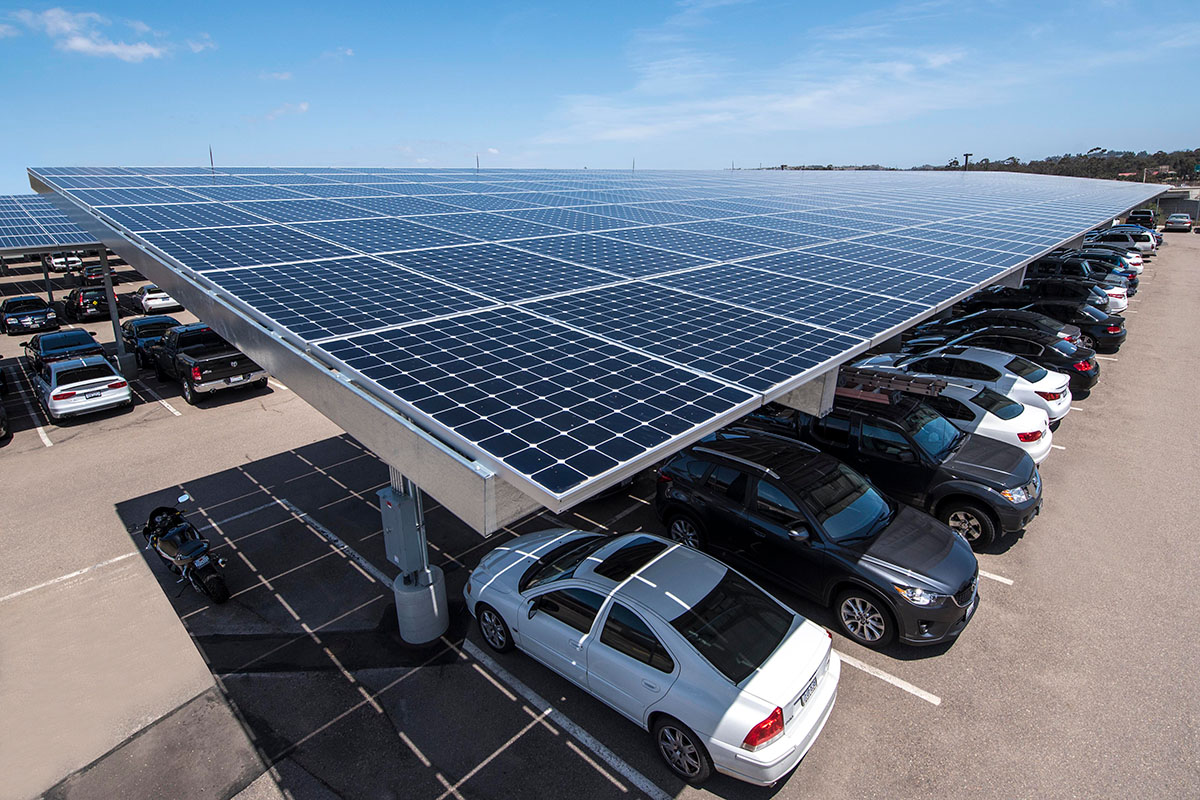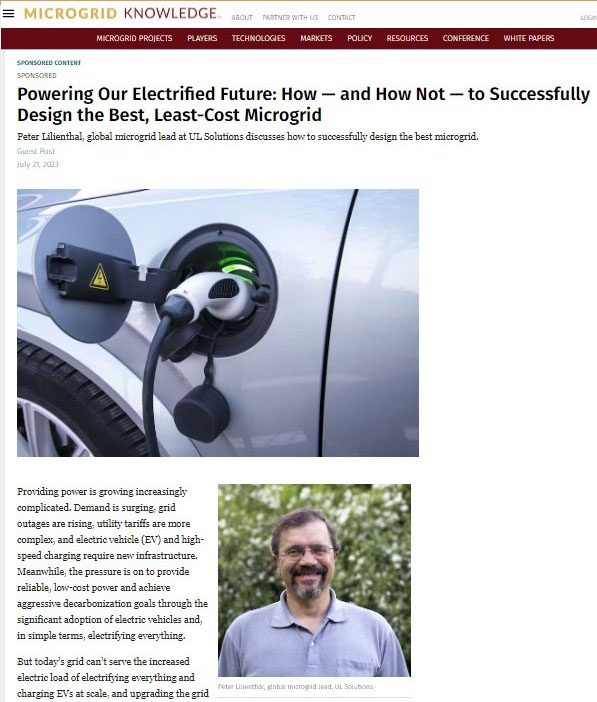A group of automakers representing about half of the vehicle sales in the United States (U.S.) announced they will invest a billion dollars in launching a new, nationwide electric vehicle (EV) charging network. They will build approximately 30,000 charging stations along major highways and take advantage of new federal subsidies for EV charging.
The announcement is one more indication of the rapidly increasing demand for electric vehicles. Statistics cite sharply increasing EV sales, but the EV charging infrastructure needed to support those vehicles is staggering:

- Over 50% of all new passenger cars and light trucks sold in the U.S. by 2030 are expected to be electric vehicles, a target set by the U.S. government in 2021.
- The U.S. Department of Energy’s National Renewable Energy Laboratory (NREL) estimates that a national charging network needs to be capable of supporting 30-42 million plug-in electric vehicles (PEVs) by 2030.
- To accommodate the rapidly growing demand for electric vehicles, the federal government is investing $7.5 billion (USD) in EV charging and committed to building out a national network of 500,000 EV chargers by 2030.
New demands on the U.S. electric grid
EV charging will add to overall U.S. electricity demand and provide a catalyst for upgrades to the electric grid. However, the impact on national electricity requirements — and the level of challenge to the electric grid — will depend on the location of charging stations and the scheduling of aggregated charging times.
A primary motivation for transitioning to EVs is cutting carbon emissions and mitigating climate change. The degree that electrifying transportation succeeds will depend on whether we use the existing fossil-fuel-dominated electric grid to charge EVs.
EV charging with renewable energy

One solution is to build out a network of renewable energy microgrids and other distributed energy resources (DERs) to power EV charging stations, according to Peter Lilienthal, global microgrid lead at UL Solutions and creator of HOMER software. Distributed energy systems could reduce the need to build new power plants that support increasing demands on electric capacity and help prevent the aging electric grid from overloading.
In a recent Microgrid Knowledge article, Lilienthal explained that building renewably powered microgrids is a complex challenge that can benefit from expert pre-feasibility analysis. That analysis can help determine the best configuration and least-cost options for EV charging stations, estimate costs and revenue potential and help streamline the planning process. His detailed guidelines explain best practices for designing and developing EV charging stations and DERs powered by solar, batteries and other renewable energy resources.
Learn more about modeling EV charging
See a demonstration video of how HOMER Grid software modeling helps you maximize the revenue of proposed EV charging stations.
Register for our webinar on Sept. 28, 2023, at 10:30 a.m. MDT, “Electrify Your Parking Lot: Successfully forecast EV charging revenue and cost in seven easy steps with HOMER Grid.”
Read more about how modeling with software speeds early-stage feasibility analysis in the Microgrid Knowledge article.

UL Solutions HOMER Grid is a market-leading solar-plus-storage software tool for designing grid-tied distributed energy systems. With an integrated utility tariff database and a new module for electric vehicle charging stations, it optimizes peak shaving to help commercial and industrial utility customers lower their demand charges. HOMER Grid can model projects with wind and combined heat and power as well as islanded systems, helping users improve their resiliency. Explore your opportunities with HOMER Grid during a complimentary trial. Learn more and download your complimentary trial.
